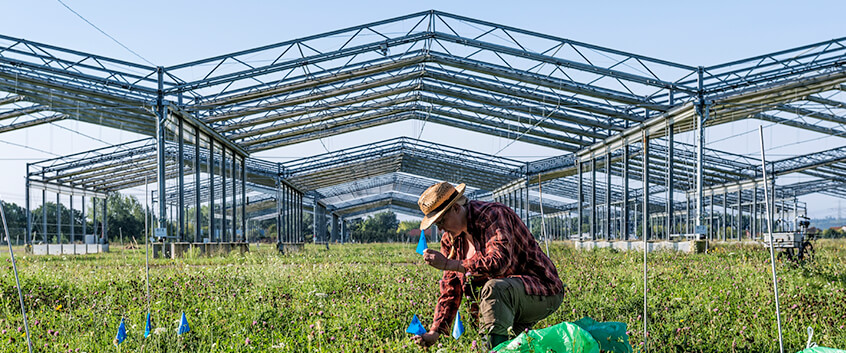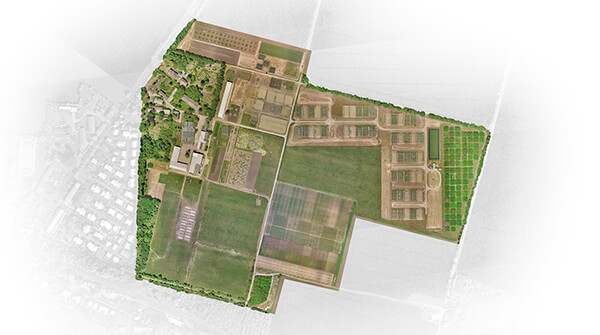
UFZ Research Station Bad Lauchstädt
The UFZ Research Station, which is located south-east of Halle/Saale in Bad Lauchstädt, was founded by the agricultural chemist Prof. Max Maercker in 1895. The region’s fertile loess-black earth soils have since offered scientists excellent conditions for their experiments on agriculture, land use, and biodiversity. In the first decades after the experimental station was founded, research focused on soil fertility, agricultural yields, and the consequences of fertilisation. However, in recent years, the focus has shifted to the effects of climate change on land use and ecosystems.
The flagship of the research station is the Global Change Experimental Facility (GCEF). In terms of area, it is currently the largest climate-land use experiment in the world. On seven hectares of land, researchers investigate how climate change affects ecosystem processes in four different forms of land use. But what really sets the research station apart is the 125-year-old Static Fertilisation Experiment. It continues to provide important data on the effect of different fertiliser variants on plants, soil, and micro-organisms as well as on the calibration of sensors for remote sensing.

